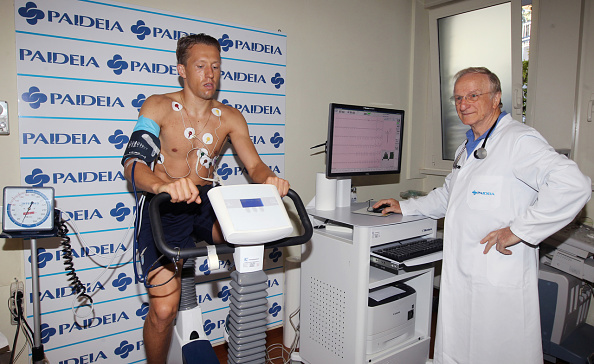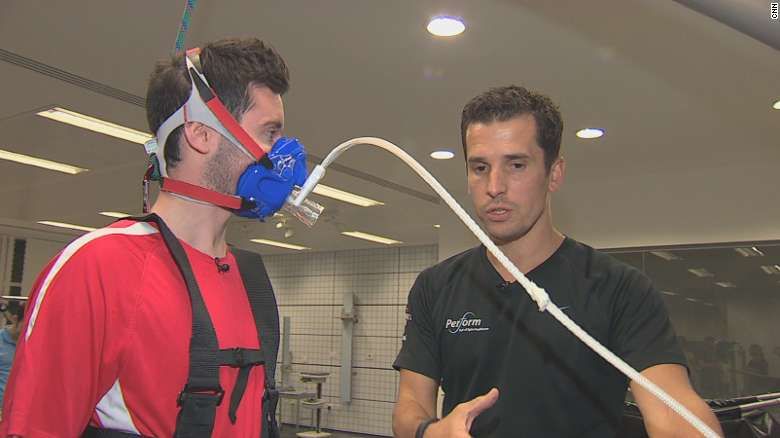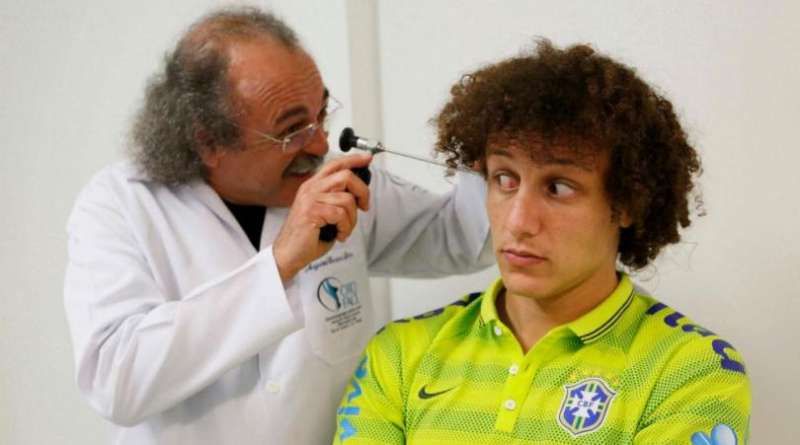
What is a medical and why is it important in club football?

As Romelu Lukaku’s transfer to Manchester United drew to a close and the papers announced that, ‘a deal has been agreed, subject to a medical,’ it suddenly dawned on me that if Lukaku fails his medical, he may not become a Manchester United player. But then, what were the chances of him failing his medical? It’s not that he had just started playing football. In fact, it is very rare when you hear that a player has failed one. So then, is it time for clubs to do away with the medical?
First things first- The Basics
Once a deal has been agreed with the selling club and personal terms agreed with the player, he then arrives for his medical. Every player is different and hence no two players have the same medicals. There is no standard medical checkup for every club. The clubs are free to follow there own procedures and have their own way of doing things. Suppose a player has had a calf injury in the past, his medical would focus more on the calf to check the probability of him having another such injury in the future.
Clubs can take upto 2-3 days to conduct a medical- which consists of a club doctor, a physiotherapist and a fitness team. Once the result is out, the information is passed onto the manager and a decision is taken.
There is nothing called as Pass or Fail in medicals
I have always thought that a medical is all about passing. But I realised, it’s not. It is important to understand that medical is not something which you pass and get selected This is not some school exam where even with a passing mark you get promoted to the next class. The stakes are much bigger this time.
Imagine that you spent £35m on a player and he passed his medicals only to later to find out that that player is not fit to play because of some reason. You might end up spending more time getting the player fit than the player playing for your club- not to forget the weekly wages that you are paying him just to be sidelined.
Dr Charlotte Cowie, a FA Doctor says that her team never really “pass” or “fail” a player. She adds, “One man’s fail is another man’s pass. It really depends on where the player is injury-wise, what the manager and the club want from that player and what it’s going to cost. It’s a risk-benefit analysis.”
You might all remember when Loic Remy ‘failed’ his medical at Liverpool and ‘passed’ it at Chelsea. So how did that happen? The answer is simple- Liverpool probably found something wrong in his medicals and thought it was best not to take a chance, whereas Chelsea thought the opposite.
A BBC sport reporter asked Dr Charlotte Cowie about how the players feel when they are going through a medical exam for a new club: “Sometimes they are anxious you are going to find out something they didn’t know about or something they did know but didn’t want you to know. You can’t always expect them to give you all the information about their injuries.”
It’s all about the heart
Back in the old days, a medical didn’t involve checking the heart status of a player as it was considered young people won’t face such issues. But with time, things changed. You might all remember Marc Vivien Foe and Phil O’Donnell who succumbed to undiagnosed heart problems. Another player to have a heart attack while on the pitch was Fabric Muamba. The Bolton midfielder was lucky enough to survive. After previous tragedies, players have a regular check-up to detect any heart related issues.
Depending on the time clubs have at hand, MRI scans, blood tests and cardiac screenings are also conducted. Clubs doctors may also include a urine test which could help indicate health related issues like diabetes.
Muscles
The medical team also check the musculoskeletal stability-the strength of the back and the lower abdomen. This test helps determine if a player will have any problems with his hamstrings or quads which is a common aliment for a footballer.
Players are told to do a number of squats, lunges and hop test which will reveal whether or not a player is fit enough to play 50+ games a season. Joints, key muscle and weak spots, if any, will also be assessed during the checkup. The pelvis is a key area which most of the doctors check as it a very crucial area for both the upper and the lower body strength.
Player’s position also influence the medicals- for goalkeepers, medics pay more attention to the shoulder, wrist, hands and elbows.
Timing of the transfer
The timing of the transfer is very important when it comes to the medicals. For the winter transfer window, clubs are looking for players who are ready to hit the ground running. As there is no pre-season after the winter transfer window, clubs do not prefer players who have not played for a couple of months. Also, being the middle of the season, clubs do not prefer players who are injured. However, there have been exceptions to this in the past.
The medical examination changes on the deadline day, as there is a lot of panic and rush to sign the player before time runs out. It is a very quick examination and if time permits, the player is sent for a scan. While at other times, the club just has to make the decision based on the facts available and trust the player that he is telling the truth. However, there are cases where clubs have made mistakes - the best being Falcao to Manchester United.

